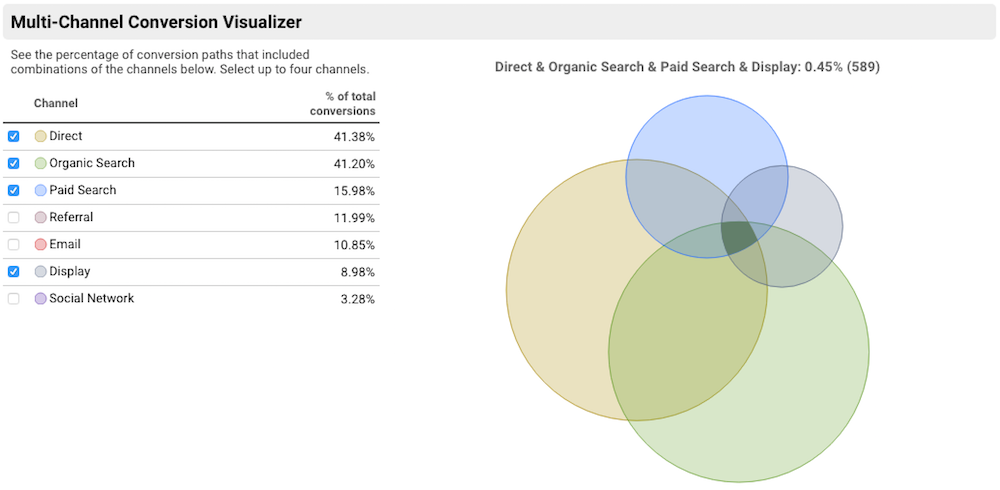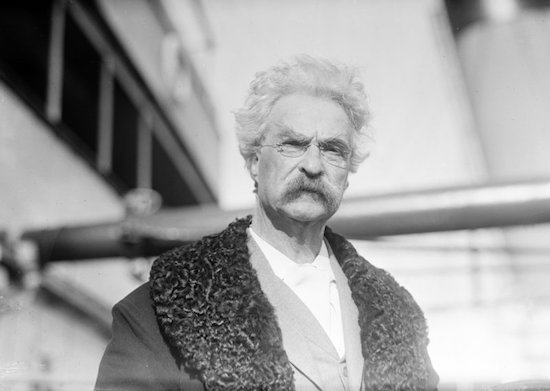
The first post of this three-part series outlined some key strengths and limitations of modern programmatic ad platforms, as well as tips for guiding the algorithm and preventing brand-damaging ad placements.
This second post takes a deeper dive into some of the more nuanced elements of programmatic ad campaigns, namely click fraud filtering, attribution modeling and crediting view-through vs direct conversions.
Fraudsters Move Faster than Filters
Click fraud bots are the virtual stagecoach robbers of online marketing’s Wild West and have always managed to stay ahead of the filters designed to spot them. Click fraud is a real issue for programmatic campaigns, especially ones with little to no human oversight. To be fair, the issue of fraud is not unique to programmatic platforms – it exists throughout the online marketing landscape. Most platforms proactively detect and credit advertisers for fraudulent activity, but to the advertiser it can feel like an endless game of whack-a-mole.
Of all the platforms we’ve used, Google has the most sophisticated measures in place to prevent click fraud. Their algorithms proactively detect and filter out fraudulent activity and then summarize those credits in your payment history.
If you suspect there’s more shady activity going on than Google is auto-detecting, you can request an inquiry from a real human using this web form. Campaigns that employ targeting methods such as topics, interests, demographics and lookalike audiences are more likely to see fraudulent click activity than remarketing or placements (selecting a specific list of sites). Lookalike audiences (a.k.a. “similar audiences”) are the bread and butter of most programmatic ad platforms because they can be a powerful tool to discover new customers without targeting the entire universe of internet users who may visit any given set of websites.
The ratio of valid to invalid clicks in Google serves as a good baseline for anticipating the acceptable amount of fraudulent click activity to expect from other programmatic ad platforms. When researching platforms, ask pointed questions about what differentiates them from their competitors in regards to click fraud prevention, content filters, revenue attribution and reporting. Just be prepared for an avalanche of feel-good marketing buzzwords.
Fraud prevention is one of the reasons why programmatic platforms tend to keep details so close to the chest; the other is competition. Programmatic advertising is a highly competitive and extraordinarily lucrative segment of the ad tech industry. With billions in potential acquisitions and IPOs on the line, programmatic ad platforms are very hesitant to provide insight to even their largest partners or advertisers. While this level of secrecy is understandable from a business perspective, it can be quite frustrating to those seeking to maximize ad campaign ROI.
Stacking the Deck with Attribution
Attribution tends to be a relatively transparent element of programmatic ad platforms. Attribution models are used to determine how credit for conversions (sales) are assigned to interactions during a customer’s path to purchase. These models are determined not by some industry standard, but rather by the ad platform itself. The result are default attribution settings that have a tendency to credit that platform’s ads for an unrealistic amount of revenue.

Most platforms set the conversion window in their default attribution model to 30 days, which makes sense for purchasing a car or a network appliance, but is far too long of a window for most consumer goods which are typically purchased within one to seven days. When a 30-day conversion window is set for a campaign selling shoes or apparel, the data will insinuate that the campaign drove more sales than it actually did. In a surprising move, Google recently announced that as of March 29, 2017, their view-through conversion window would shrink from 30 days to one day.
To account for these optimistic numbers, I recommend using position-based models for ecommerce that give credit to first, middle and last interactions. The exact settings should incorporate industry averages and user behavior, namely the number of touches it typically takes for a site visitor to become a customer. A helpful resource I’ve revisited when customizing attribution models for clients is “Multi-Channel Attribution Modeling: The Good, Bad and Ugly Models” by Avinash Kaushik, Google’s Digital Marketing Evangelist.
The other important attribution setting to customize for remarketing and display campaigns is the credit given to view-through conversions vs direct conversions. By default, most ad platforms will give a view-through conversions the same credit as a direct conversion which tends to skew the attribution data.

Even results from tuned attribution models need human context to fully understand. For example, despite customizing the view-through conversion window from 30 to 14 days and counting view-through conversions as one-half of a direct conversion, one particular AdRoll remarketing campaign we ran claimed credit for a half-million dollars of ecommerce revenue, representing 60 percent of our client’s entire holiday ecommerce sales. All this from $10k in ad spend. It did so by serving ads very broadly and then taking credit for purchases made by anyone who saw those ads in the 14-day window.
While it’s tempting to take these rosy figures at face value, they must be viewed in the context of all marketing efforts that ran in parallel. In this particular case, the integrated campaign included direct media buys, email campaigns, PR and paid social.
In order to normalize these numbers to the client, we used a custom attribution model in Google Analytics that put this remarketing campaign on a more level playing field. Platforms like Criteo, AdRoll, and Google all have varying levels of customizable attribution settings that help make the reported numbers more reflective of true performance; however, it’s best to assume that the default settings are going to be stacked in favor of the platform. A savvy online marketer can tune the attribution model to reflect the campaign, but when left to the programmatic ad platform’s default settings, the data may not be an accurate reflection of true performance.
Before kicking off any programmatic ad campaign, it’s important that brand and ad platform stakeholders have an up-front conversation about tuning attribution settings and conversion windows to reflect the target audience, product or service being promoted and marketing mix.
Own the Robot
Programmatic platforms are rapidly evolving and can be powerful tools to marketing campaign efficiency at scale, but without the proper oversight and guidance, they can become a black hole for ad dollars. The best way to approach programmatic is to look at it like an investment product where the ad platforms are the brokerage houses. Review performance data critically and look to your resident digital marketing expert as you would a portfolio manager to put results in the context of other campaigns, industry averages and the behavior of your brand’s target customer.
When it comes to programmatic ad platforms, two things are certain; 1) no platform will be perfect for your business out of the gate and 2) they are built to make sure that the house always wins. All platforms require fine-tuning for each business’ unique goals and industry-specific complexities. Similar to an investment portfolio, digital ad campaigns require management from a seasoned professional who understands the landscape and has your business’ best interests in mind.
Programmatic ad platforms have massive potential for efficiency at scale, but without customizations from brand experts, the potential impact becomes limited and risks increase. Algorithms are great at identifying trends and attempting to make correlations based on statistically significant data sets; however, they are not nearly intelligent enough to understand the subtleties of branding or the motivations of a particular audience. Until the day comes when brand voice and aesthetics can be accurately expressed in a mathematical formula, companies will need to rely on savvy, flexible marketers to continually guide the powerful tool that is programmatic advertising.
More Articles in This Series:
Part 1: Programmatic Ad Campaigns are Only as Intelligent as the People Running Them
Part 3: A Vision For The Evolution of Programmatic Advertising


